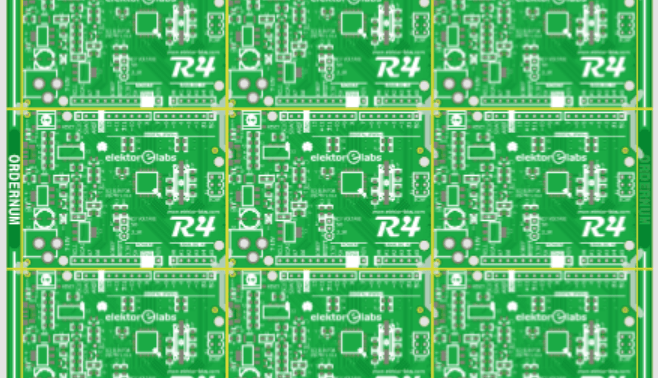Review: Eurocircuits Panel Editor
June 26, 2017
on
on

The printed circuit board (PCB) pooling service from Eurocircuits is supported by a set of online tools that give the user more control over and a better visibility of what exactly will be manufactured and how. The use of these tools is free and does not require placing any orders, and as such they are great for improving a PCB design before deciding to get it manufactured.
In previous articles we discussed (in alphabetical order) the PCB Checker, PCB Configurator, PCB Solver and the PCB Visualizer, this time we will have a look at the Panel Editor.
In previous articles we discussed (in alphabetical order) the PCB Checker, PCB Configurator, PCB Solver and the PCB Visualizer, this time we will have a look at the Panel Editor.
What is a panel?
A panel is a board holding one or more PCBs. It provides a frame that allows the board(s) to go through automated assembly lines. Often a panel groups multiple instances of a single design, but not necessarily. Panels can carry many different designs, and, as a matter of fact, this is exactly how PCB pooling works. Eurocircuits, and probably every other pooling service, put many different designs on one large board that is split into individual boards when ready.Who needs a panel?
As said before, a panel is required when a board is to be populated in an automated assembly line, but it can also be useful for small manual assembly runs of boards with SMD parts as solder paste can be applied in one go to the whole panel, speeding up matters considerably. For small boards a panel can be practical too, making them easier to manipulate. When an application consists of several PCBs, grouping them in a panel is a good way to have all the boards together. For PCB pooling, but also for mass production, the goal of a panel is, of course, to waste as little PCB material as possible.Read full article
Hide full article


Discussion (0 comments)